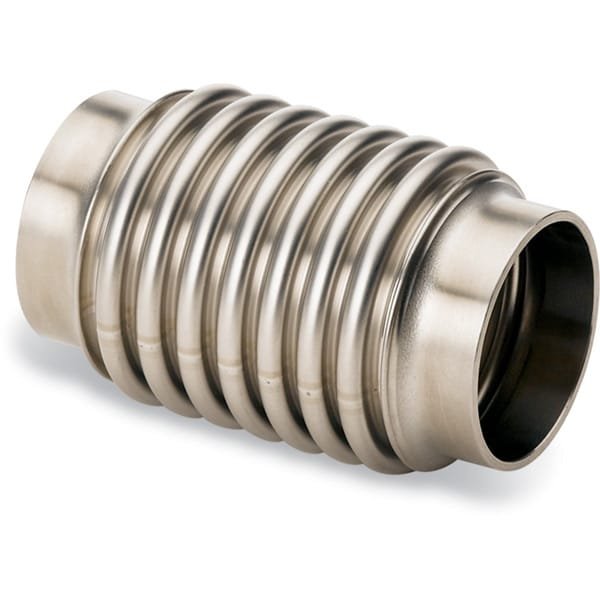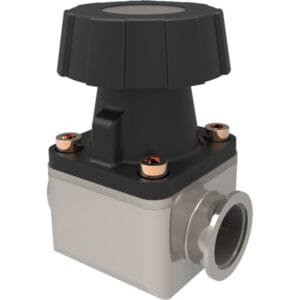Hydraulically Formed Bellows with Standard Thick Wall Tube Ends
At TFM, we manufacture tube end (tubulated) formed bellows using high-quality 300 series stainless steel hoses. These hydraulically formed bellows are designed to offer both durability and flexibility across various applications.
MH-Series Bellows
- Material: Constructed from thin 300 series stainless steel, these bellows are made to withstand numerous flexing cycles, ensuring long-term reliability.
Key Features of Our Flexible Hoses:
- Unbraided Flexible Hoses: These can extend up to 10% beyond their functional length and compress by as much as 15%, making them versatile for dynamic environments.
- Braided Flexible Hoses: Equipped with a braided sheath, these hoses are designed to protect the convoluted hose from external damage, enhancing longevity and performance.
- Short Flexible Hoses: Ideal for adjusting minor misalignments in components, ensuring seamless connectivity in tight spaces.
- Longer Flexible Hoses: Commonly used as roughing lines, these are perfect for applications requiring greater flexibility and distance coverage.
TFM offers these stainless steel hoses to meet a wide range of industrial needs, providing solutions for both small adjustments and larger piping systems.





Reviews
There are no reviews yet.